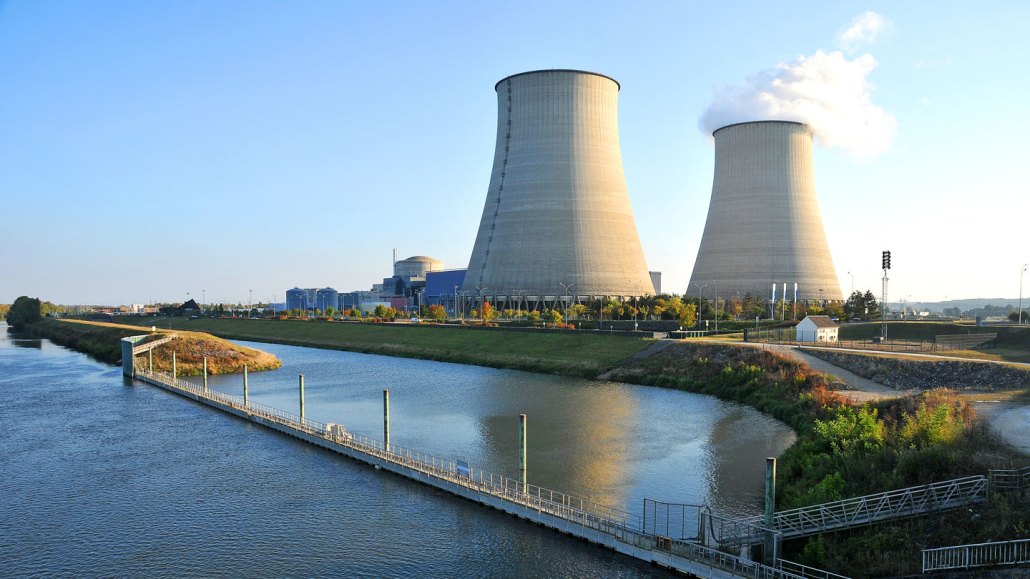Scientists Say: Fission
In nuclear fission, atoms break apart and unleash huge amounts of energy

All of today’s nuclear power plants run on fission to generate electricity.
Michel Gounot /GODONG/Getty Images
Share this:
- Share via email (Opens in new window) Email
- Click to share on Facebook (Opens in new window) Facebook
- Click to share on X (Opens in new window) X
- Click to share on Pinterest (Opens in new window) Pinterest
- Click to share on Reddit (Opens in new window) Reddit
- Share to Google Classroom (Opens in new window) Google Classroom
- Click to print (Opens in new window) Print
Fission (noun, “FIH-zhun”)
Fission is a physical reaction where the nucleus of an atom breaks apart. In the process, it unleashes a bunch of energy. This is the physics behind atomic bombs. It also powers all of today’s nuclear power plants, as well as some ships and submarines.
Unstable forms, or isotopes, of atoms can undergo fission. Uranium-235 is one example. Plutonium-239 is another. Fission occurs when a particle, such as a neutron, hits an unstable atom’s nucleus. This collision splits the nucleus into smaller nuclei, releasing energy and throwing out more neutrons. Those newly freed neutrons can then strike other unstable nuclei. The result is a chain of fission reactions.
About 90 percent of the fuel inside an atomic bomb is unstable atoms. This leads to a chain of fission reactions that runs out of control. All the energy stored in the unstable atoms is released in a split second. And that causes an explosion.
In contrast, only about 5 percent of the fuel at a nuclear power plant is unstable atoms. Power plant reactors also contain other materials that soak up neutrons without undergoing fission. This setup puts the brakes on fission. Reactions happen slowly and steadily. They release energy from the unstable atoms in the fuel over years, rather than in a single second. The heat energy produced by that fission is used to boil water. The steam wafting off the water spins a turbine to generate electricity.
Fission creates about 1 million times as much energy as fossil fuels do. Plus, fission does not produce all the climate-warming gases that come from burning fossil fuels. The downside is, fission does produce a lot of radioactive waste.
In a sentence
In 2011, an earthquake and tsunami ravaged the Fukushima Daiichi Nuclear Power Plant in Japan, releasing radioactive debris into the ocean and atmosphere.
Check out the full list of Scientists Say.







